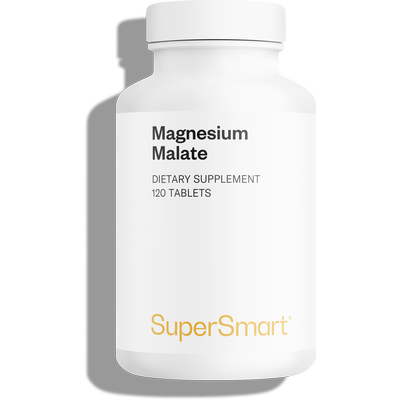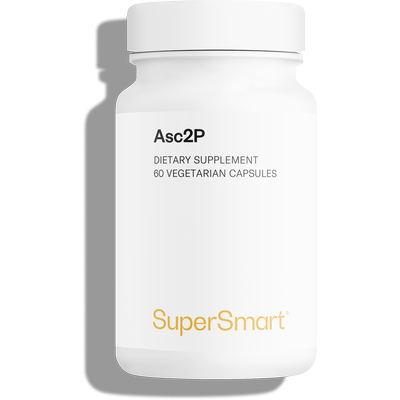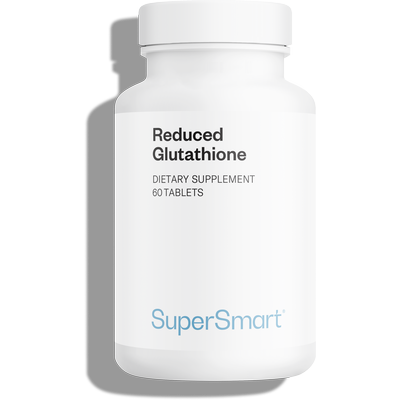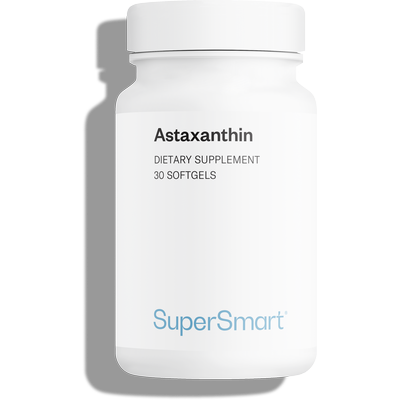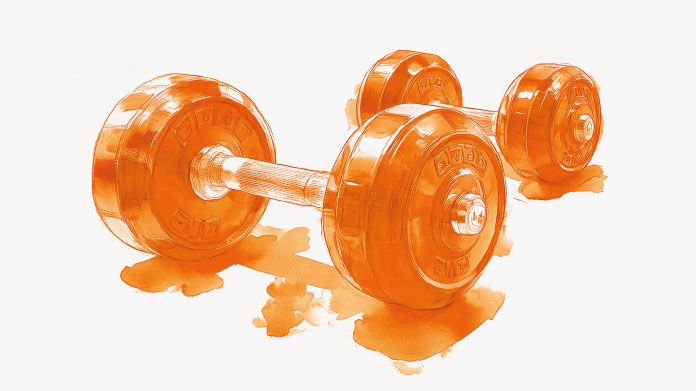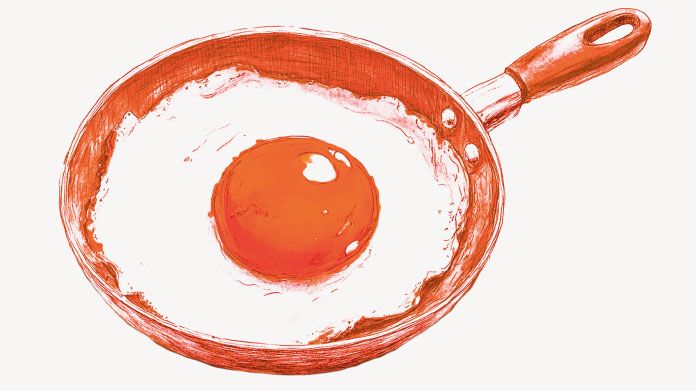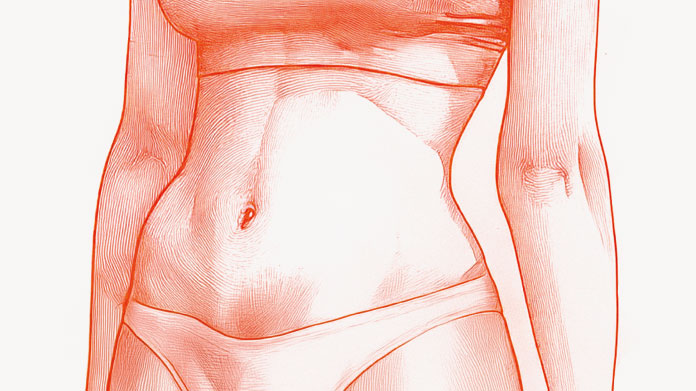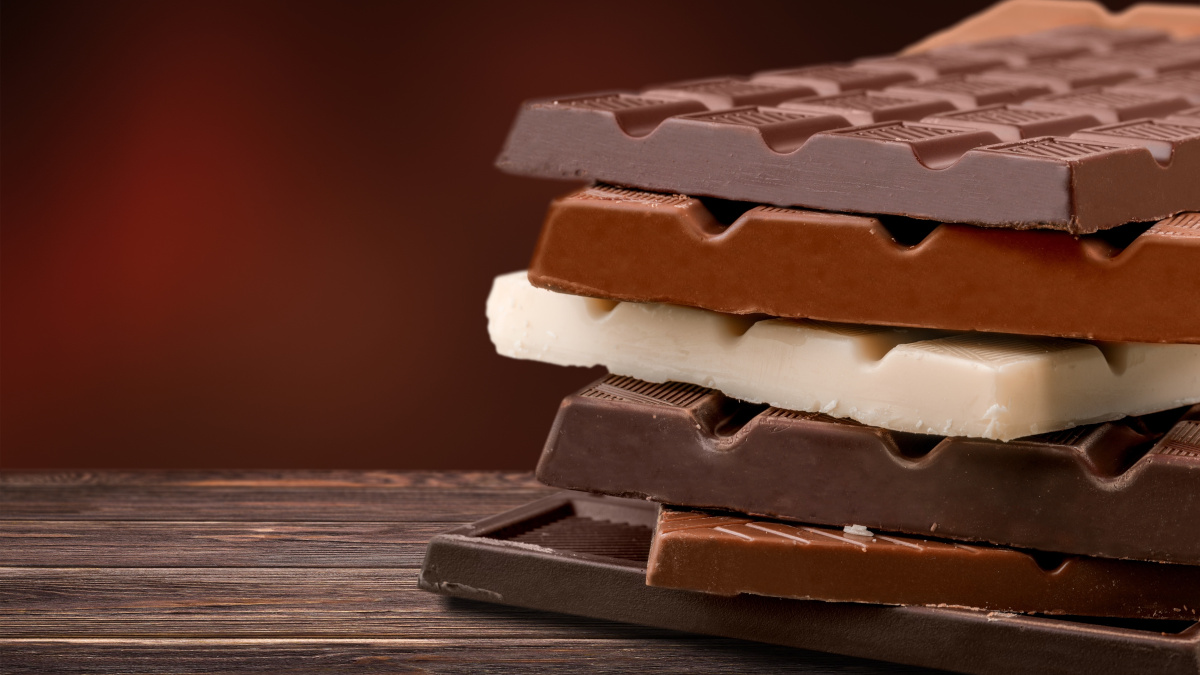
Chocolate: a treat that does you good
A gift from the gods to the Aztecs
Considered by the Aztecs of pre-Columbian America as a gift from the gods, cocoa, or Cacahuaquahuitl, was used to prepare drinks for society elites because of its stimulating and balancing medicinal properties.
One such drink, made by diluting cocoa paste in water, and adding chilli, corn, annatto and spices, was used as an offering at religious ceremonies and given the sweet name of … Tchocolalt (1).
A bean with numerous active principles
With 50% fatty acid triglycerides (from which cocoa butter is made), 12% protein, almost 10% cellulose, 6% starch, 1% sugar, but also tannins, polyphenols, minerals, theobromine, caffeine, phenylethylamine and serotonin, as well as vitamins A, PP, E and D, the cocoa bean boasts energising, tonic, antidepressant and uplifting properties ... (2).
Even though some of the polyphenols in cocoa beans are destroyed during fermentation, a necessary step in chocolate production, chocolate still contains more polyphenols than either green tea or red wine (3-4)!
Health benefits of chocolate
Several studies have shown that eating a modest amount of chocolate each day lowers blood pressure and increases insulin sensitivity(5-6).
What’s more, chocolate is believed to have antidepressant benefits, due to its high content of magnesium (146mg/100g of 45%-60% chocolate; 500mg/100g of cocoa) as well as serotonin and theobromine, a stimulant alkaloid which affects mood (7).
Dark, milk, white chocolate ...? Watch out for the fat and sugar
Bitter dark chocolate: excellent for the health!
Bitter dark chocolate, containing at least 70% cocoa, 85%-90% if possible, is excellent for the health. Not only does it contain very few added sugars (most of the carbohydrates come directly from the cocoa), but its high cocoa content means you get maximum effect from the plant’s natural benefits.
And its bitter taste means you’re less likely to binge, helping you restrict your consumption to around 20g a day (approximately 2 squares).
Dark chocolate: be careful not to overdo it
Dark chocolate with less than 70% cocoa still provides bean-related benefits (magnesium, polyphenols, serotonin, etc.) However, as the cocoa percentage goes down, the amount of added sugar goes up. And according to the WHO, added sugars should not account for more than 5% of our daily calorie intake. So take care not to overdo it: no more than 2 squares a day.
Milk chocolate: for pleasure only
As well as cocoa, cocoa butter and sugar (a lot of sugar), milk chocolate contains … milk. As a result, the proportion of cocoa in the end product is very low… and the same goes for its benefits. For example, milk chocolate contains almost no polyphenols. In addition, it is relatively high in fat and sugar and should therefore be approached with caution!
White chocolate: it isn’t actually chocolate
Unlike dark and milk versions, white chocolate contains absolutely no cocoa solids! What it does contain is cocoa butter (the creamy substance around cocoa beans), dairy products or alternative vegetable fats. White chocolate isn’t even covered by the same European regulations as chocolate. It’s purely and simply a sweet with no benefits for health and should therefore be saved for a few special occasions.
Speciality chocolate: it depends
The same ‘rules’ apply to speciality chocolates (with fruit, spices, etc.) as to other forms: if it’s dark and bitter, it will offer the benefits of both the cocoa and the added fruit or spices. If, however, the chocolate in question is milk, or white, it should be regarded as a sweet treat and nothing more.
Some figure-friendlier sources of antioxidants (and other substances)
Cocoa then, is certainly very good for our health, and as a consequence, chocolate can be too. But it’s important not to over-indulge.
To stock up on antioxidants, serotonin, vitamins (especially the highly antioxidant vitamins C and E) and magnesium, we fortunately have many fresh fruits and vegetables at our disposal (particularly kiwi fruit, red cabbage, raw beetroot, lamb’s lettuce, etc. which are high in both vitamin C and beta-carotene, another powerful antioxidant and vitamin A precursor).
And make sure you regularly include prawns in your diet, as they’re rich in astaxanthin, a pigment from the carotenoid family, as well as asparagus, broccoli, cabbage, spinach, etc. which contain the amino acids that make up glutathione, a molecule also recognised for helping to combat oxidative stress.
SUPERSMART ADVICE
79 Days
Fiables y Recomendables
Como siempre estáis siempre ofreciendo alternativas naturales a los diversos problemas de Salud con un buen despliegue de información y una variada gama de productos. Y os felicito por el servicio de entrega que hacéis ahora que supera con creces el de antes.
Mariano Navarro Sanchez
79 Days
produits innovants
produits innovants, avec une composition claire
véronique de sainte marie
79 Days
Ravie et Très Satisfaite de Ma Commande…
Ravie et Très Satisfaite de Ma Commande et de Mes Commandes Très Bons Produits
Brigitte D.
79 Days
Produits fiables
Produits fiables
jacqueline
79 Days
Tout est OK 👌
Tout est OK 👌
RICHARD Bertrand
80 Days
Bestelle das Produkt seit Jahren immer…
Bestelle das Produkt seit Jahren immer wieder ist echt super, Preis Leistung ist ok könnte noch ein bisschen billiger sein aber sonst ok
SONJA Hofbauer
80 Days
Commentaire
Excellent services
DIDDY Mohamed
80 Days
Livraison rapide
Livraison rapide
devouass
80 Days
Schnelle Lieferung
Schnelle Lieferung. Gute Begleitung der Lieferung
SCHARWAECHTER Hans Juergen
80 Days
Efficace rapidement
J’ai commencé à prendre les facteurs de croissance osseuse alors que j’étais en plein accès douloureux d’ostéoporose. Mon état s’est stabilisé en quelques jours puis les douleurs ont diminué régulièrement. Je pense continuer ce remède pendant quelques mois puis 1 gélule par jour et une pause etc..
Françoise Delfour
80 Days
Rapidité de livraison avec prestataire…
Rapidité de livraison avec prestataire fiable ! Toujours impeccable.
Virginie
81 Days
Siempre buenas experiencias y cada vez…
Siempre buenas experiencias y cada vez más rápidos los envíos
Elsje Fokkelman
81 Days
Livraison rapide et en parfait état
Livraison rapide et en parfait état. Jamais d'erreur.
WUILLEMIN Sylvie
81 Days
J'ai trouvé rapidement sur le site le…
J'ai trouvé rapidement sur le site le complément qui m'était nécessaire et la livraison a été très rapide. Merci.
Client
81 Days
Je recommande ces produits
Facilité pour passer les commandes. Délais de livraison tenus. Produits de qualité. Je suis cliente depuis longtemps et très satisfaite.
Alexandre PUBERT

